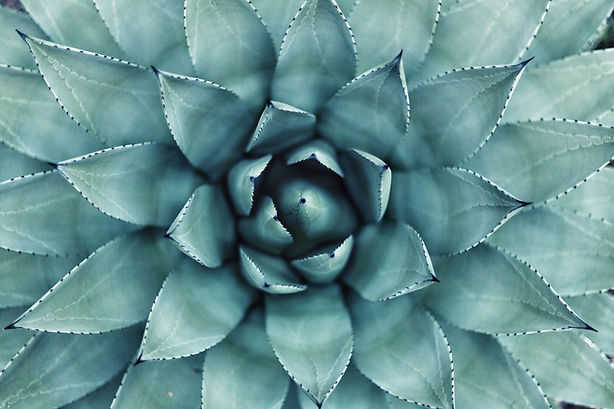

ARE you planning to buy land or start a community?
GET GUIDANCE before you begin
Buying land or starting a community is one of life’s biggest commitments—like a marriage both to the land and to each of those involved. Before you leap, seek wise counsel. Allison Avalon, MHS, Ord. acts as a midwife for birthing land and community dreams. She offers her insight, walks the land with you both in sunshine and rain, and can help you choose an aligned team to bring your vision to life. While she no longer offers design or build services, she provides invaluable guidance to help you manifest your project and save yourself countless headaches, time, and resources. You don't know what you don't know until you do.
They say 50% of marriages end in divorce, and 90% of community land projects fail. Why learn these lessons the hard way?

Permaculture & land design consultancy
What is Permaculture?
Permaculture is more than just a method—it's a philosophy, a design system, and a global movement rooted in working with nature rather than against it. Coined in 1978 by Bill Mollison and David Holmgren, the term blends “permanent,” “agriculture,” and “culture.” The wisdom behind permaculture is timeless: observe nature’s patterns, listen deeply, and let the land guide the design—not impose upon it.

A Systems-Based Approach
Many think permaculture is just gardening, natural building, or water systems like swales. Allison teaches that it’s a systems approach—about designing with foresight and intention, regardless of the scale or resources available. Her work emphasizes long-term vision, site planning, and strategic action to bring harmony, efficiency, and success to any project. Whether starting from raw land or building a dream with others, Allison knows what it takes to create thriving, resilient systems. Her attention to both detail and the broader vision create a synergistic pairing.


Meet Allison Avalon
Allison Avalon, MHS, Ord. has a Bachelor’s of Science in Plant Ecology (2001), a Master’s of Science in Horticulture and Permaculture Design (2007), and over two decades of hands-on experience in sustainable agriculture, homesteading, and consulting for ecovillages and intentional communities. A certified Permaculture Designer and Instructor since 2005, she has long been at the forefront of sustainability. After years of focusing on the outer landscape, Allison turned her attention inward. She saw that many people sought to build sanctuary around them without first cultivating it within. True change, she realized, starts in what permaculture calls “Zone Zero”—traditionally the space around one’s home, but for Allison, the deepest and most vital zone is within ourselves. As within, so without.
Allison means "daughter of truth" and Avalon means "perpetual garden of paradise." When we align with our truth and our vision, we can create a garden of paradise once more on Earth.

Design Principles
by David Holmgren
Observe and interact – By taking time to engage with nature we can design solutions that suit our particular situation.
Catch and store energy – By developing systems that collect resources at peak abundance, we can use them in times of need.
Obtain a yield – Ensure that you are getting truly useful rewards as part of the work that you are doing.
Apply self-regulation and accept feedback – We need to stop inappropriate activities to ensure that systems can continue to function well.
Use and value renewable resources and services – Make the best use of nature’s abundance to reduce our consumptive behaviour and dependence on non-renewable resources.
Produce no waste – By valuing and making use of all the resources that are available to us, nothing goes to waste.
Design from patterns to details – By stepping back, we can observe patterns in nature and society. These can form the backbone of our designs, with the details filled in as we.
Integrate rather than segregate – By putting the right things in the right place, relationships develop between those things and they work together to support each other.
Use small and slow solutions – Small and slow systems are easier to maintain than big ones, making better use of local resources and producing more sustainable outcomes.
Use and value diversity – Diversity reduces vulnerability to a variety of threats and takes advantage of the unique nature of the environment in which it resides.
Use edges and value the marginal – The interface between things is where the most interesting events take place. These are often the most valuable, diverse, and productive elements in the system.
Creatively use and respond to change – We can have a positive impact on inevitable change by carefully observing, and then intervening at the right time.“
Sources
Holmgren, David (2002): Permaculture: Principles & Pathways Beyond Sustainability
Permacultureprinciples.com: Permaculture Design Principles
Permaculture – Earth Care, People Care, Future Care: What is Permaculture – Part 2: Principles
Land and Ladle: The 12 Design Principles of Permaculture as Rules of Living

CoNNECT WITH ME
& FIND OUT MORE
Connect with me below, and I will send you a link to schedule a 20-min complimentary discovery call to find out more.

